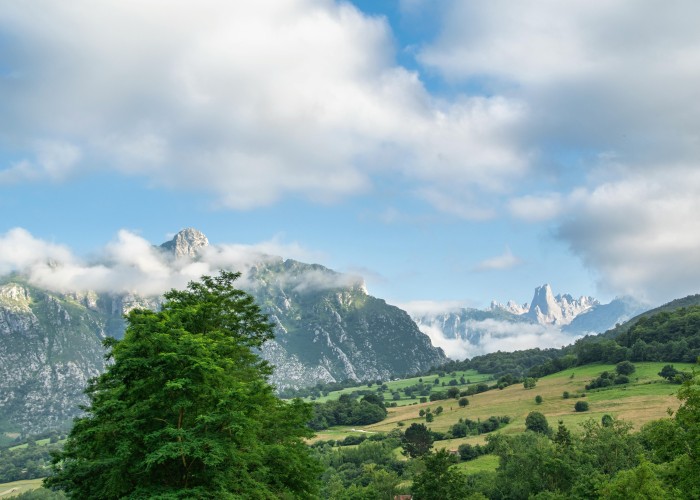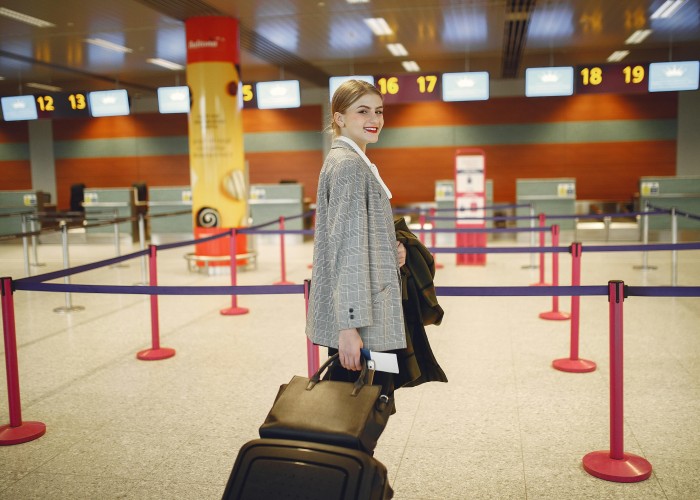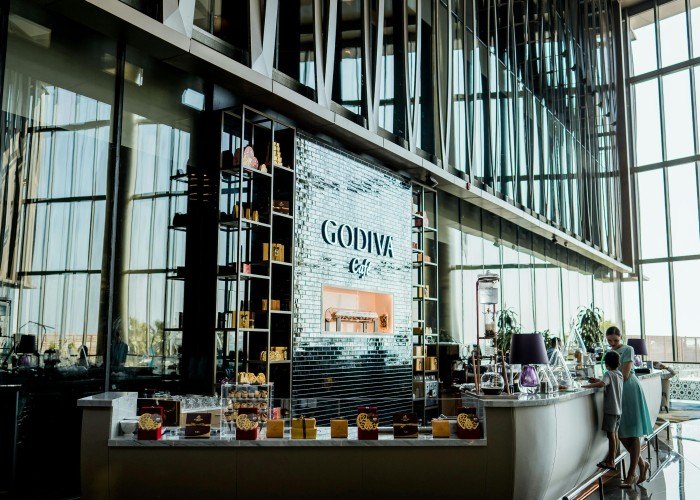If you’re looking to explore one of Spain’s most stunning mountain ranges, the Picos de Europa Loop is a trek that offers spectacular scenery, diverse landscapes, and a real adventure off the beaten path. Nestled in northern Spain, the Picos de Europa is known for its rugged peaks, deep gorges, and charming mountain villages. This guide will help you plan your trek, whether you’re from the USA, UK, Australia, Germany, or anywhere else. Picos de Europa Loop, Spain – Tour & Trek Guide.
Overview: What is the Picos de Europa Loop?
The Picos de Europa is a mountain range spanning Asturias, Cantabria, and Castile and León regions in northern Spain. The Picos de Europa Loop is a multi-day hiking route circling the central massif, featuring steep climbs, wild nature, and breathtaking views. It’s famous for its dramatic limestone cliffs, alpine meadows, and traditional villages. Unlike some crowded European trails, this loop offers solitude combined with the chance to experience authentic rural Spain.
Best Time to Visit
- Late spring (May-June) and early autumn (September-October) are the best seasons for trekking. The weather is mild, and the trails are less crowded.
- Summer (July-August) can be busy but offers longer daylight hours; however, be prepared for occasional afternoon thunderstorms.
- Winter is harsh and not recommended for trekking due to snow and cold conditions.
How to Reach the Picos de Europa Loop
- By Air: The nearest airports are Asturias Airport (OVD), Santander Airport (SDR), and Bilbao Airport (BIO), all within a 1.5 to 2.5-hour drive to the Picos region.
- By Train: Regional trains connect Oviedo and Santander to nearby towns like Cangas de Onís and Potes, good starting points for the loop.
- By Road: Renting a car is a popular option for flexibility. Well-maintained roads connect the main towns around the park, including Covadonga and Fuente Dé.
Entry Fees and Permits
- There are no mandatory permits or entry fees to hike the Picos de Europa Loop.
- Some mountain huts and refuges may require advance booking and a small overnight fee.
- Protected areas have regulations to preserve nature, so always follow posted rules.
Food Availability and Meal Options
- Mountain villages along the loop offer traditional Asturian and Cantabrian cuisine, including hearty stews, local cheeses, and fresh bread.
- Small shops and restaurants in towns like Cangas de Onís and Potes are good for meals before or after your trek.
- On the trail, food options are limited. Carry snacks like nuts, dried fruit, and energy bars, plus plenty of water.
Packing List and Essentials
- Sturdy hiking boots with good ankle support
- Layered clothing: moisture-wicking base layers, warm mid-layer, waterproof jacket
- Daypack with water bottles (at least 2 liters) and snacks
- Sun protection: hat, sunglasses, sunscreen
- Map or GPS device
- Basic first aid kit
- Trekking poles (optional but helpful on uneven terrain)
- Lightweight sleeping bag if staying in mountain refuges
- Headlamp or flashlight
Safety Tips and Local Regulations
- Weather in the Picos can change rapidly; always check forecasts and be prepared for rain or sudden cold. Picos de Europa Loop, Spain – Tour & Trek Guide.
- Stay on marked trails to protect the fragile environment and avoid getting lost.
- Inform someone of your planned route and expected return time.
- Wild animals are rare but avoid feeding any wildlife you may encounter.
- Respect local guidelines, especially around protected flora and fauna.
Tips for Beginners or First-Time Visitors
- Consider hiring a local guide or joining a small trekking group if unfamiliar with mountainous terrain.
- Start your trek in good physical shape and train with some hikes in your local area.
- Acclimate yourself by spending a day or two in nearby towns before starting the loop.
- Plan shorter daily distances to avoid fatigue.
- Carry a basic Spanish phrasebook or translation app—it helps in remote villages.
Local Customs and Cultural Etiquette
- Greetings are important; a polite “Hola” or “Buenos días” is always appreciated.
- Respect private property; do not stray from public paths through farmland.
- Traditional villages value quiet and community; avoid loud noises, especially early morning or late evening.
- Tipping in restaurants is appreciated but not mandatory.
FAQ Section
How long is the Picos de Europa Loop?
Typically, the loop covers about 60–80 kilometers (37–50 miles) depending on the route taken, usually completed in 4–6 days.
What is the difficulty level?
Moderate to challenging. The trail includes steep ascents and descents, rocky paths, and variable weather.
What is the highest altitude reached?
Around 2,500 meters (8,200 feet) at some points in the central massif.
Are restrooms available?
Restrooms are available in towns and mountain huts but limited on the trail. Carry hand sanitizer.
Is potable water available on the trail?
Mountain streams provide water, but it’s best to treat or filter it. Fill bottles in towns or refuges.
Do I need special permits?
No special permits are required for hiking, but refuge bookings are recommended in advance.
Can I hike year-round?
No. Snow and cold conditions limit access in winter (December–March). Spring to autumn is best. Picos de Europa Loop, Spain – Tour & Trek Guide.
Are pets allowed?
Pets are generally allowed but should be leashed and under control.
Is the trail well marked?
Yes, the Picos de Europa has marked trails, but carrying a map or GPS is recommended.
Final Thoughts
The Picos de Europa Loop offers a genuine mountain adventure in one of Spain’s most beautiful natural parks. The combination of dramatic peaks, welcoming villages, and rich culture makes it a rewarding trek for hikers from around the world. With proper planning and respect for nature and local customs, this loop can be an unforgettable experience filled with stunning landscapes and quiet moments in the mountains. Picos de Europa Loop, Spain – Tour & Trek Guide.






Leave a Reply